by Roger Blanco
There are two distinctive seasons in the Caribbean: the rainy season and the dry season. The northern winter coincides with the latter. In Cuba, this dryer “winter” season, is an amazing time for birdwatching and nature photography. As winters go, it is decidedly mild: 24 degrees Celsius during daytime and plenty of sunshine during most of November, December and January.
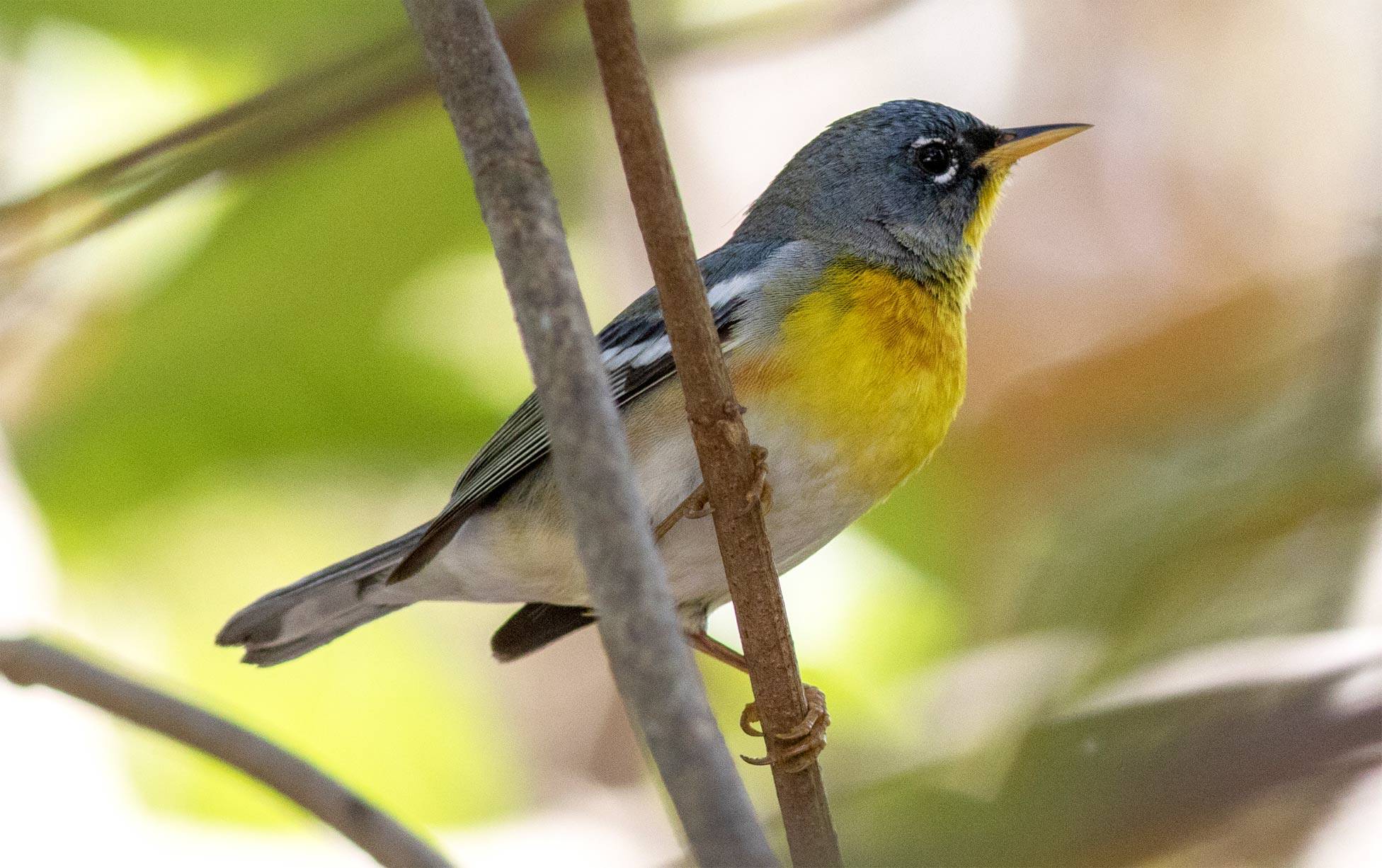
Migratory Species visit in Winter
Winter in Cuba is blessed with vast variety of species which migrate from the Northern part of the continent. As soon as the first cold front of late October hits, inside the wind the radars capture the unbelievable image of huge clouds of these birds arriving in the night. This is when, in almost every patch of forest and even in city gardens, these colorful, pleasant outsiders start feeding, mating, and nesting. During this tropical sojourn, their chicks hatch, learn to fly, and grow strong enough to fly back home. They mix with the local birds while never representing a competitive threat - nature is too wise for that – the local residents do not mate and reproduce until the visitors are almost gone!
The American Weather Chanel has shown in its online news footage, the dramatic northward return of the migratory birds. They are spotted by Doppler Radar near Florida Keys. You can see two distinct waves obviously taking off from Cuba and flying over the ocean. It’s a beautiful spectacle of nature that modern technology has made possible.
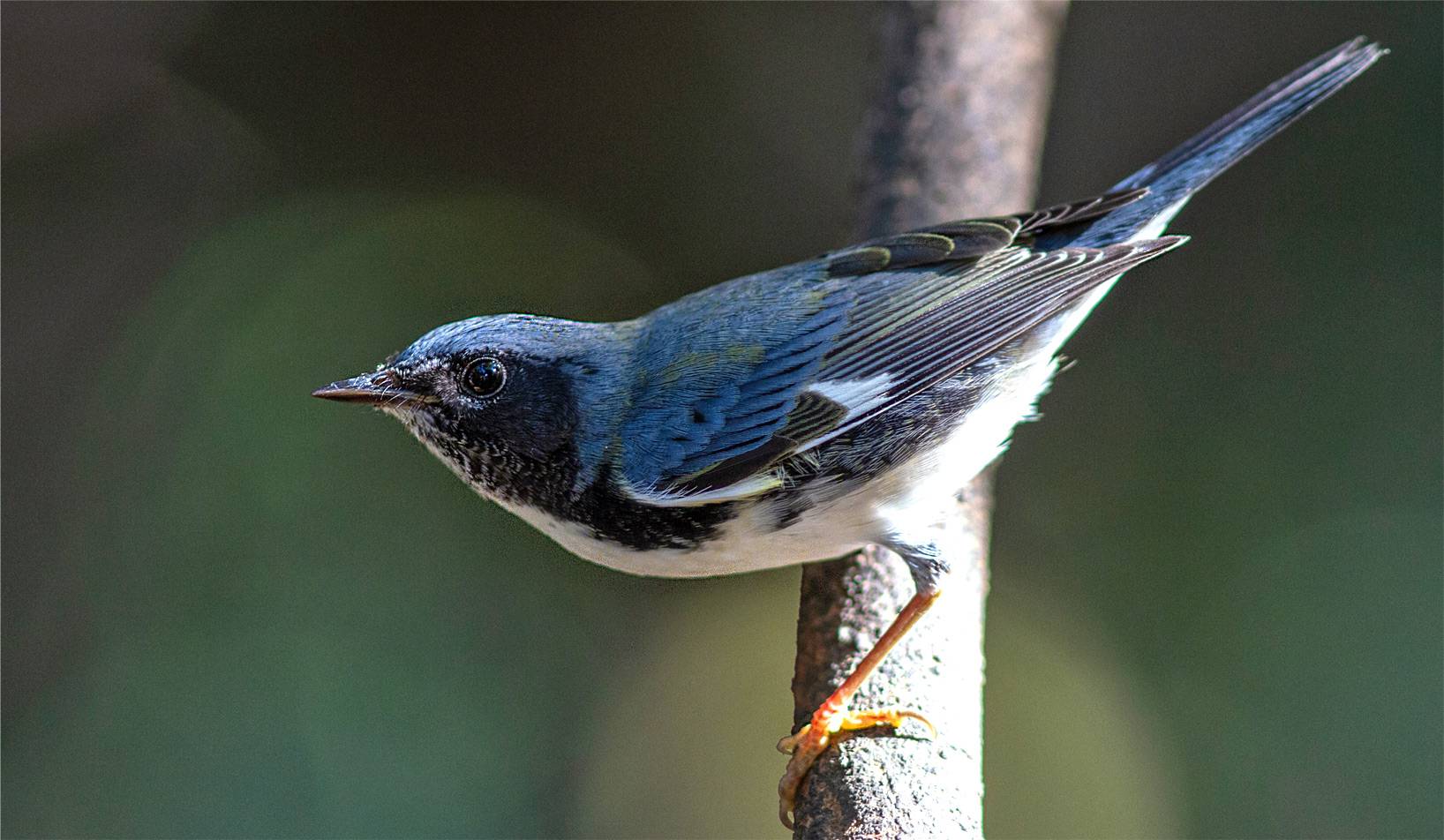
Winter Species List
Here is our list of the most commonly spotted birds along birdwatching trails in Cuba during the winter months. It is a mix of the winter residents contrasting with some of the ever-present local species. Cuban Adventures offers a 9-day Birdwatching Tour gives you a good chance to see most of these species.
| 1 | Northern Flicker | Colaptes auratus | winter resident |
| 2 | West Indian Woodpecker | Melanerpes superciliaris |
permanent resident, present in other areas of the Caribbean |
| 3 | Cuban Green Woodpecker | Xiphidiopicus percussus | endemic to Cuba |
| 4 | Western Spindalis | Spindalis zena | permanent resident, present in other Caribbean islands |
| 5 | American Redstart | Setophaga ruticilla | winter resident |
| 6 | Black-Throated Blue Warbler | Dendroica caerulescens | winter resident |
| 7 | Indigo Bunting | Passerina cyanea | winter resident |
| 8 | Northern Parula | Parula Americana | winter resident |
| 9 | Purple Gallinule | Porphirio martinica | common as permanent resident, but also winter resident |
| 10 | Plain Pigeon | Patagioenas inornata | critically endangered, permanent resident on the island, better spotted in the areas of Guanacabibes |
| 11 | Blue-headed Quail-Dove | Starnoenas cyanocephala | endemic, critically endangered, very rare and vulnerable, better spotted along trails around Zapata Swamp areas, between Playa Larga and Bay of Pigs |
| 12 | Key West Quail-Dove | Geotrygon Chrysia | permanent resident, very rare |
| 13 | Greater Flamingo | Phoenicopterus ruber | permanent resident, and a true spectacle of Nature when the flocks are gigantic. Cuba is their largest breeding area in the Caribbean |
| 14 | Cuban Trogon | Priotelus temnurus |
endemic, and beautiful National bird of Cuba |
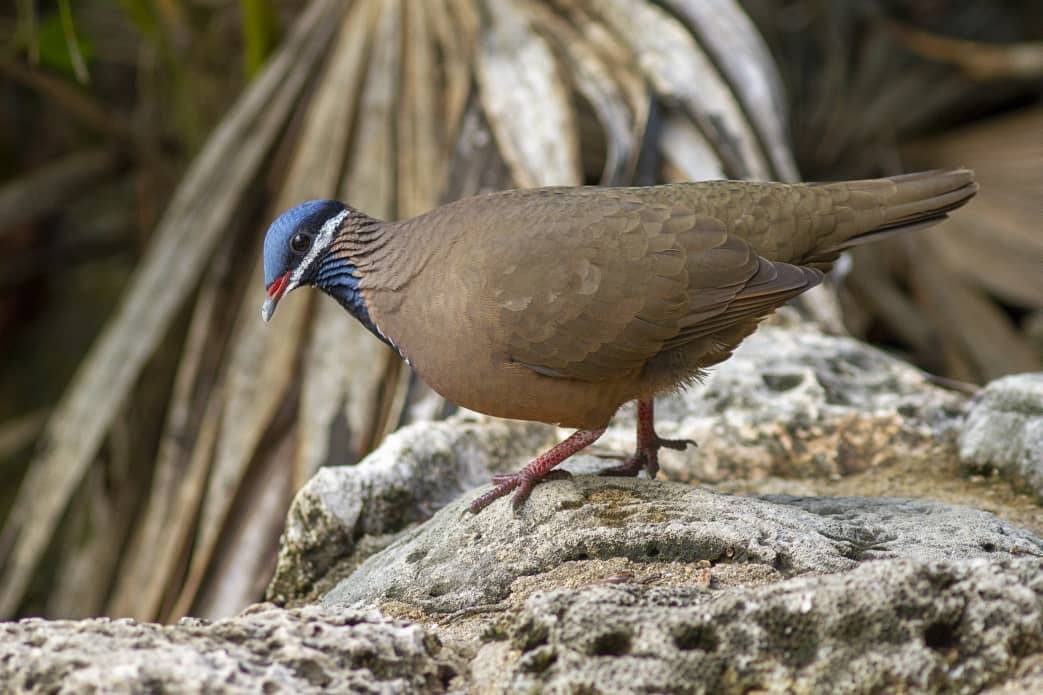
Cuban Endemics
There are two other endemic bird species that are perhaps the reason of true joy when seeing them on a trip to Cuba:
- The Bee-hummingbird, the unique jewel of the island, and the world’s smallest bird.
- The Cuban Tody, another Cuban endemic, with only four subspecies existing in the world.
You can read about these and the other emblematic Cuban endemics in our article: Birds of Cuba
More Photos of Wintering Birds in Cuba
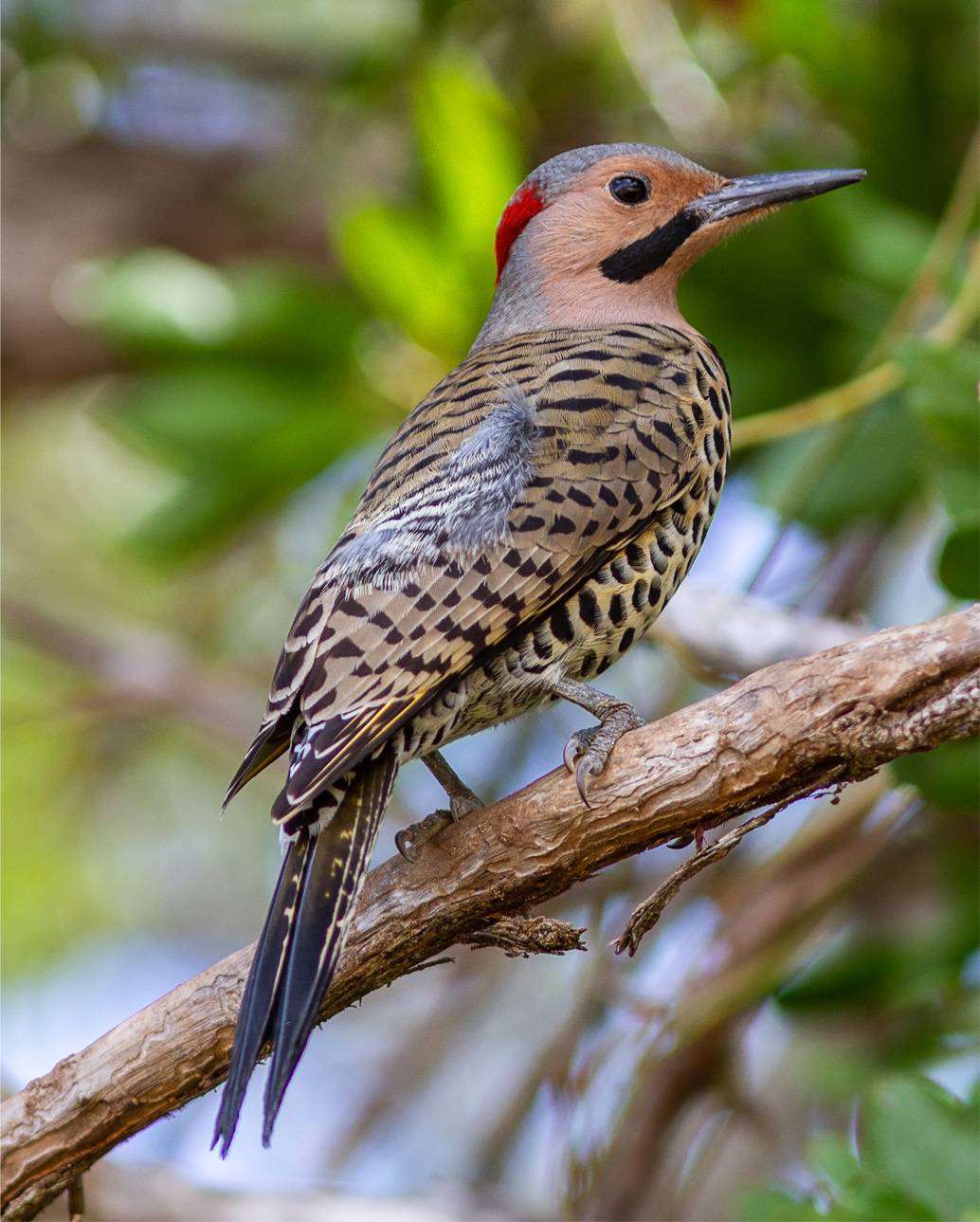
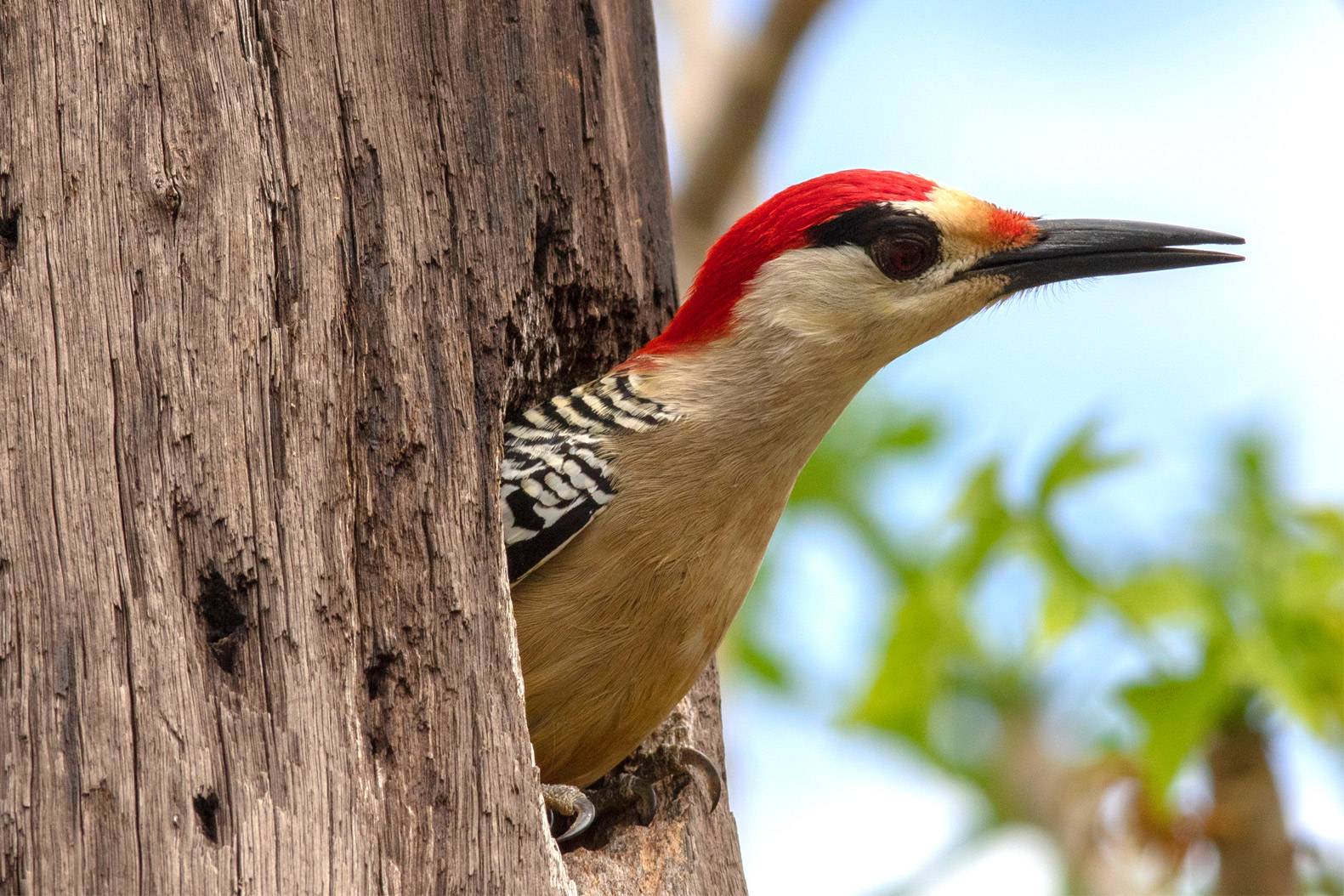
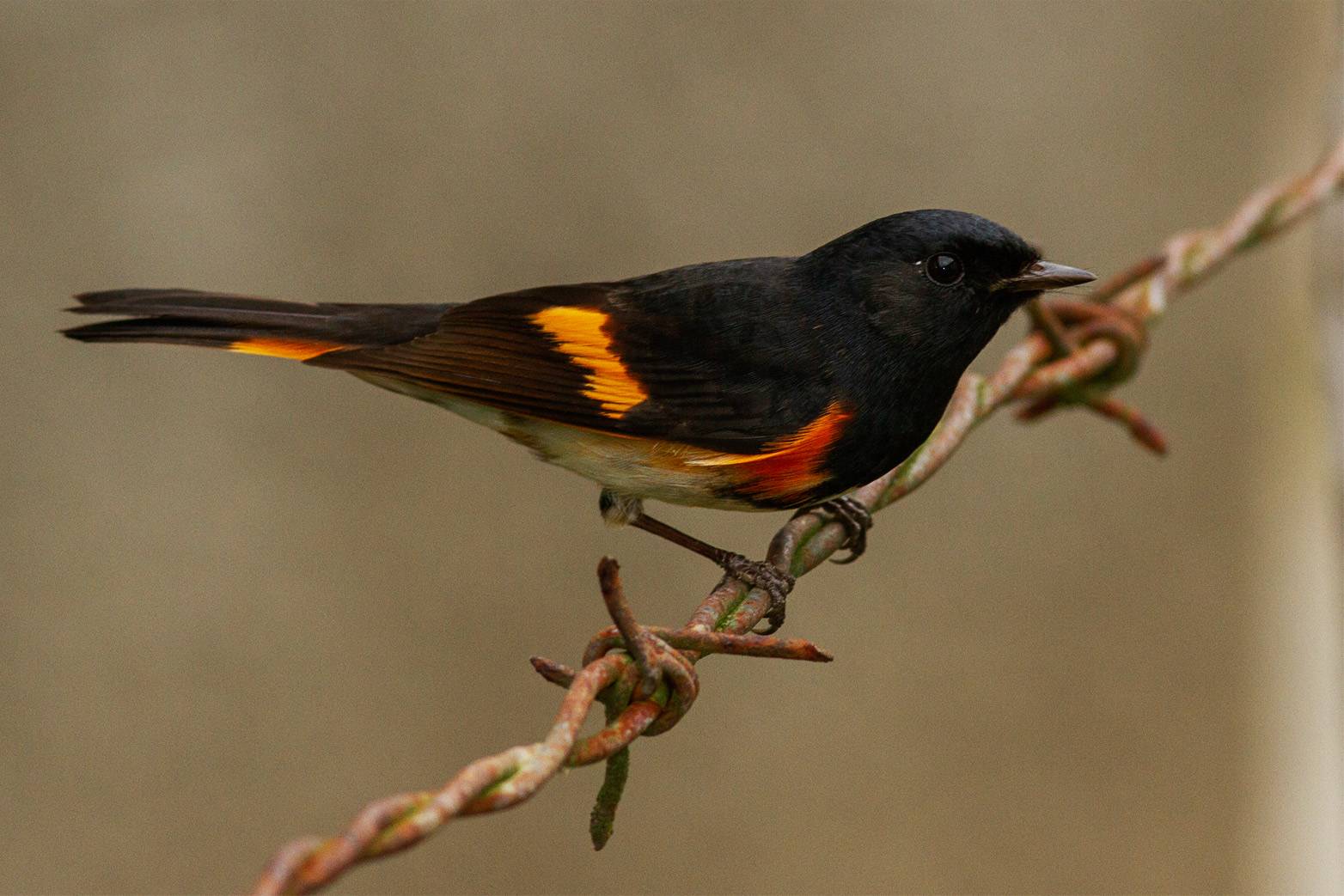
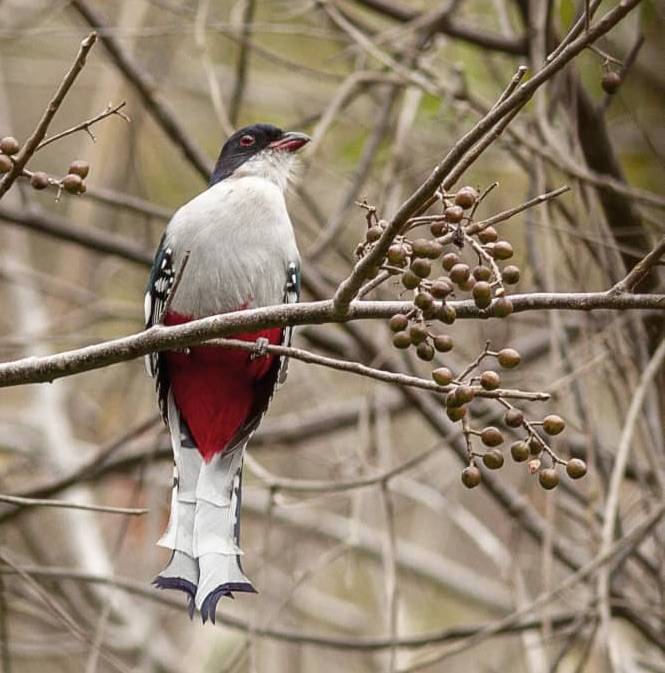
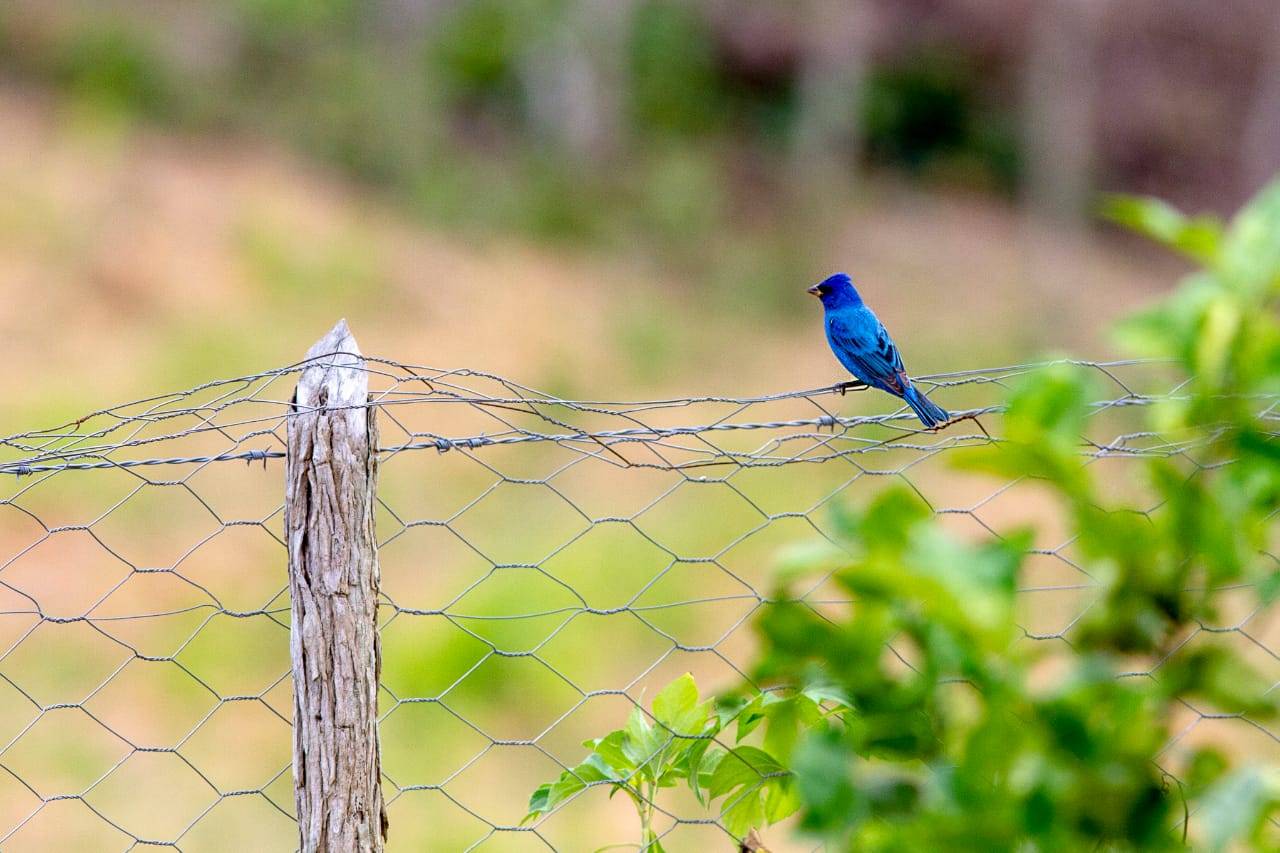
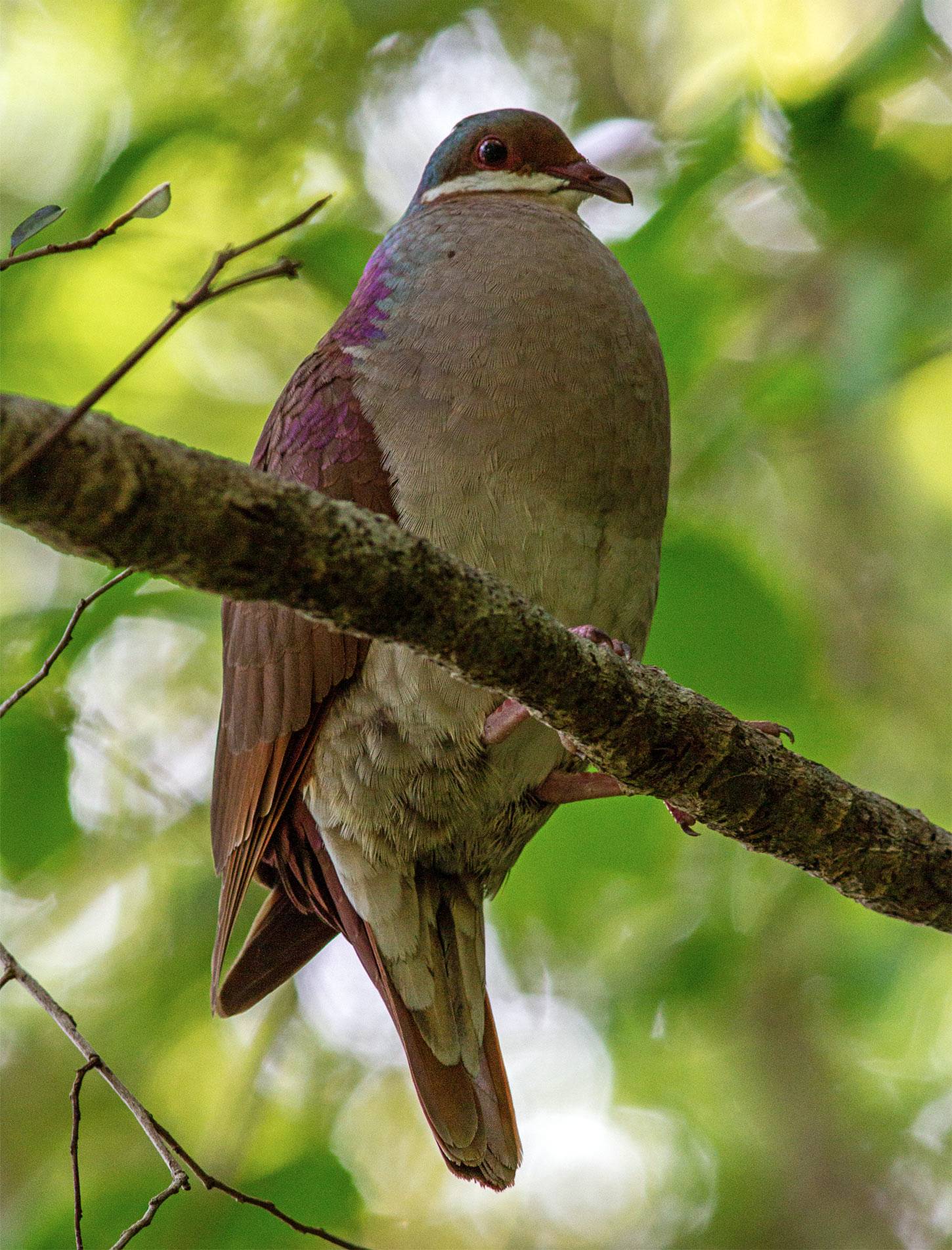
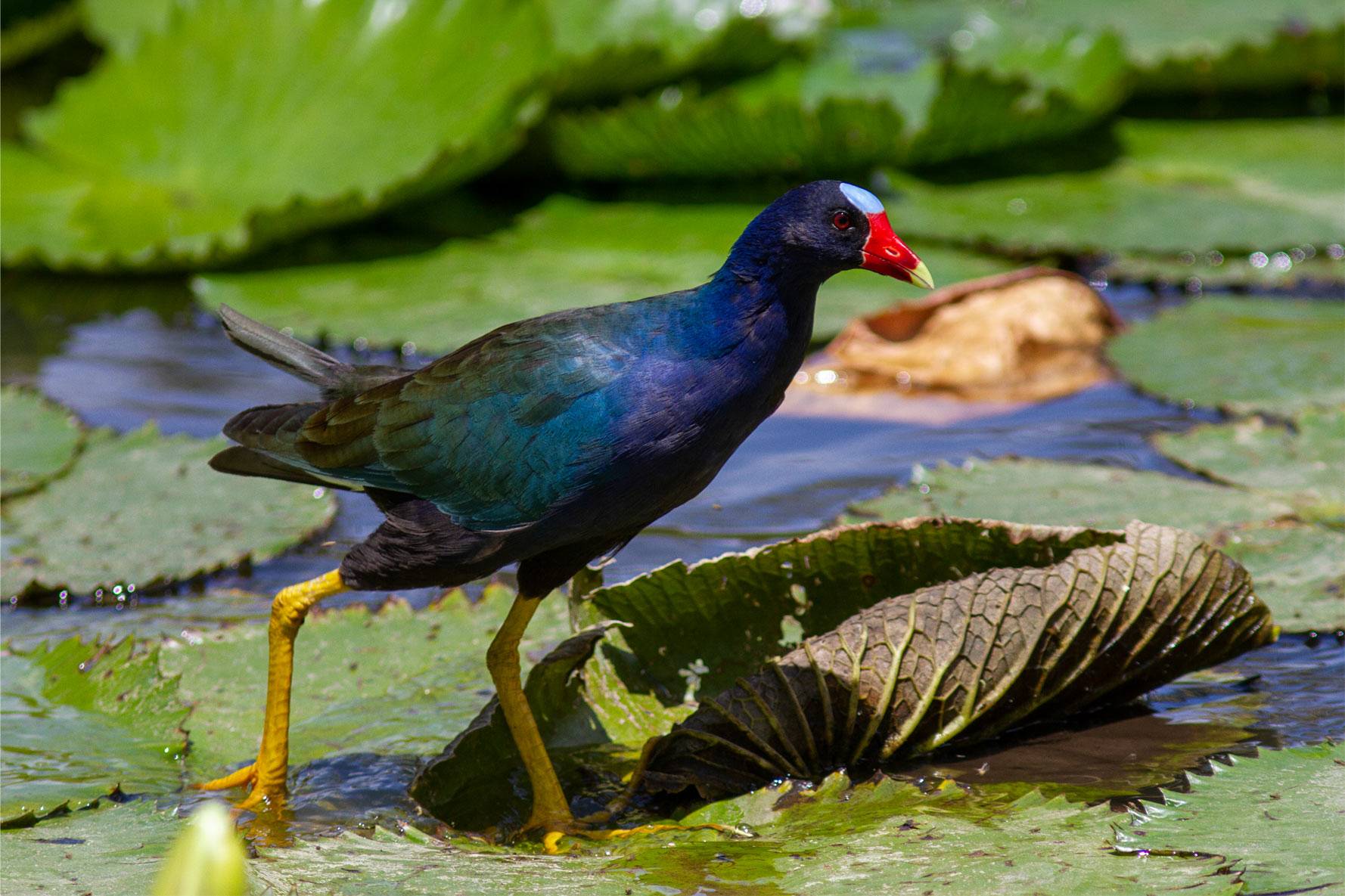
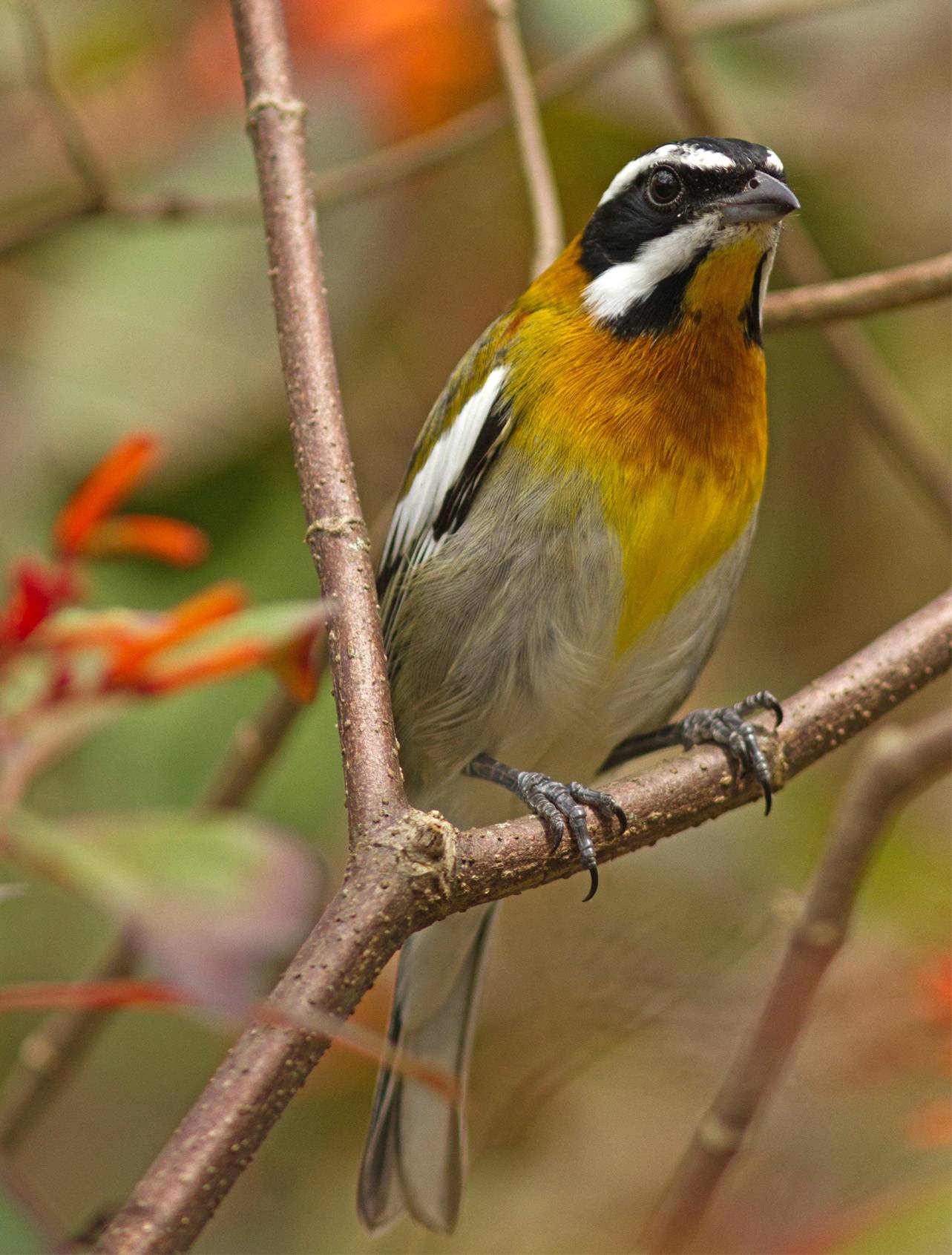
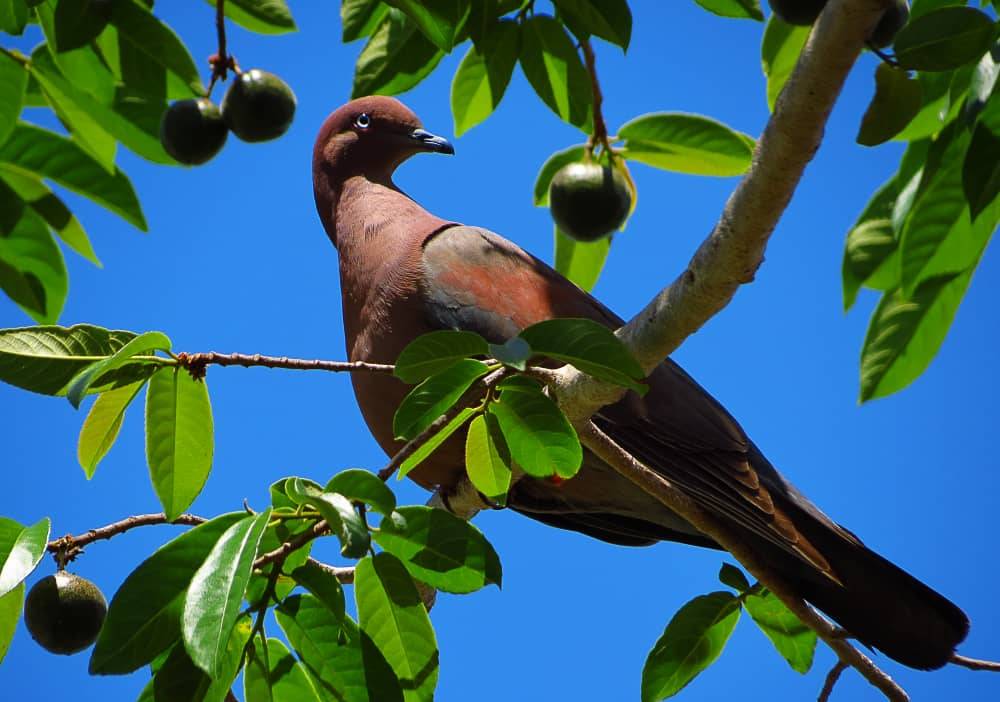


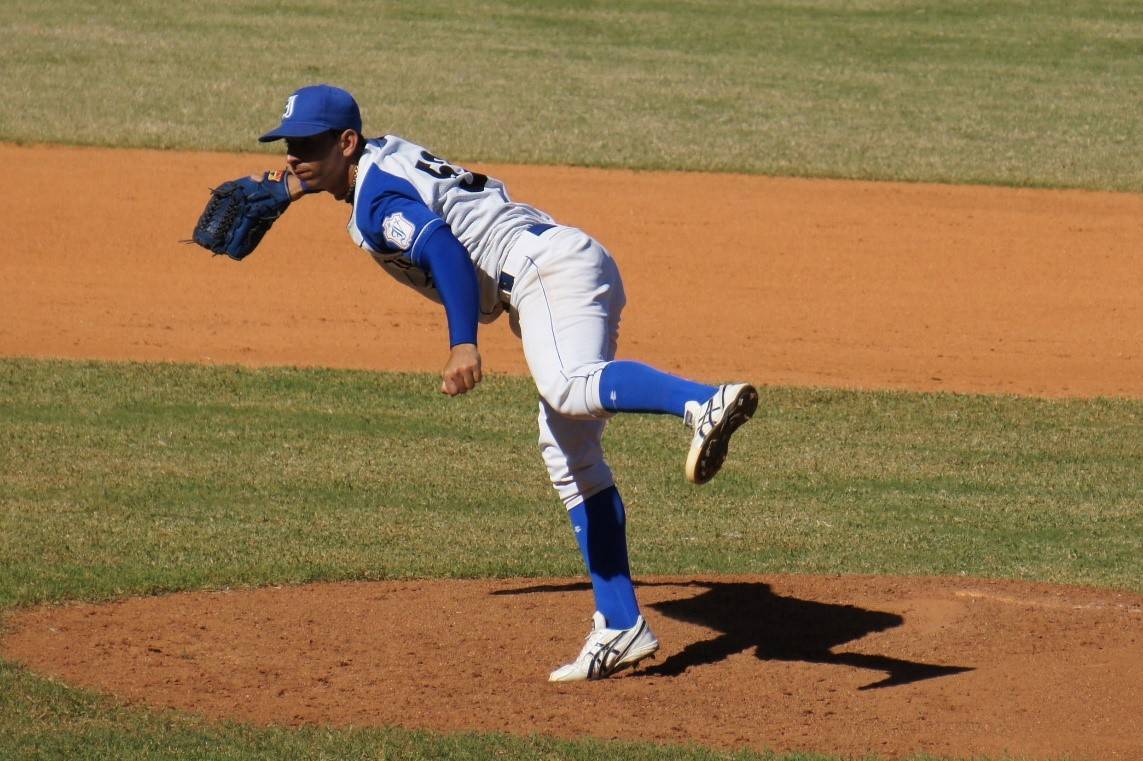

Comments
Be the first to comment!